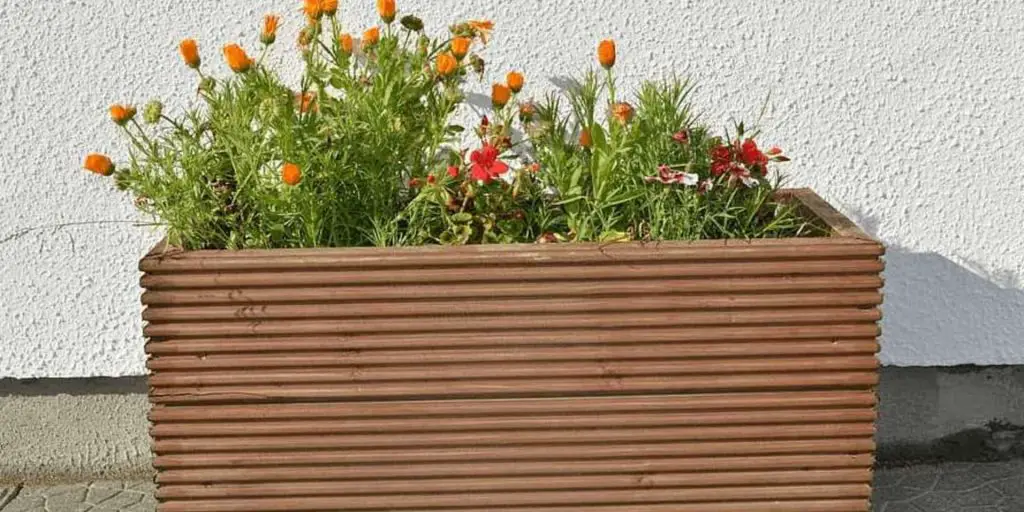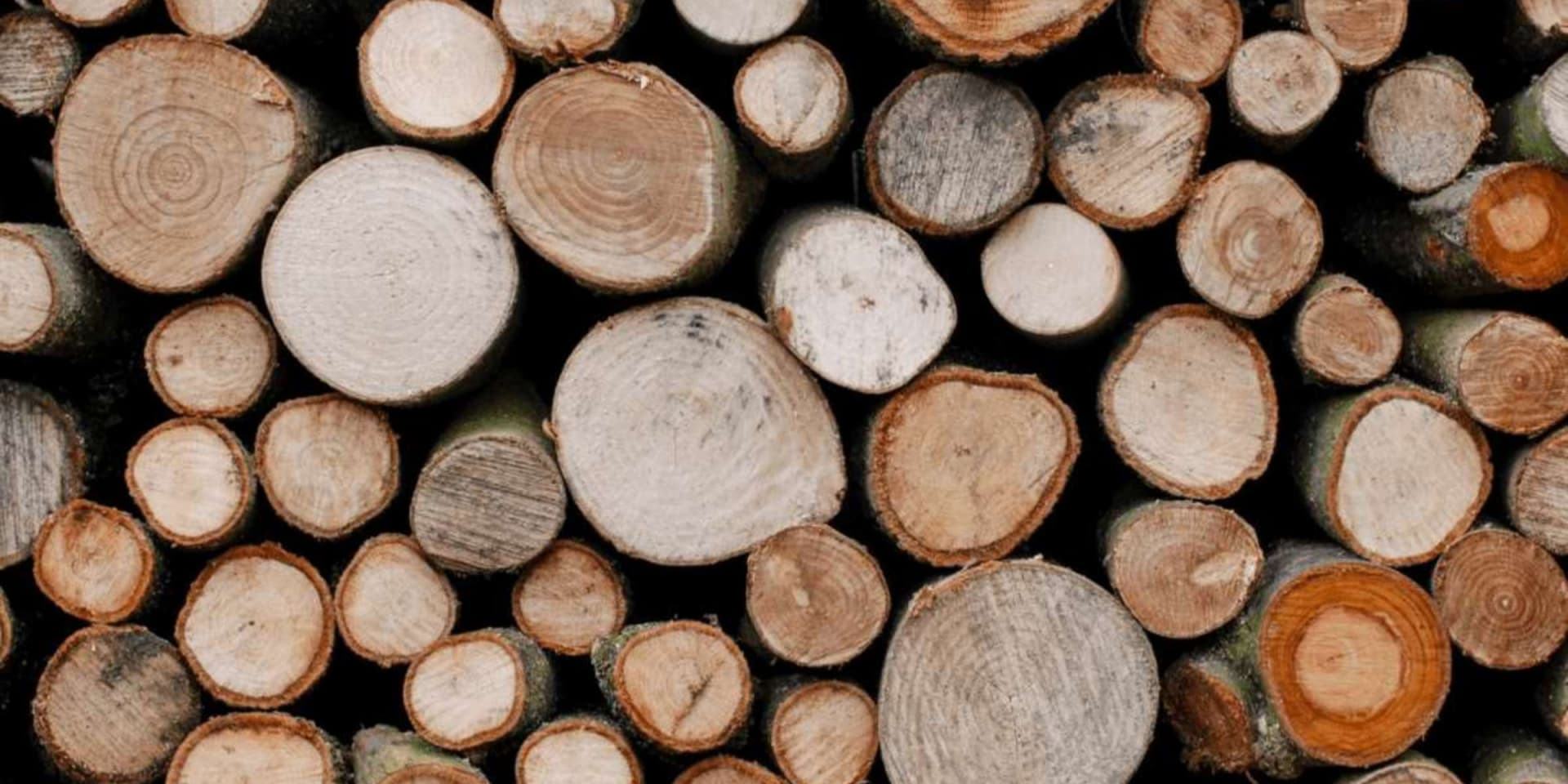How Deep Should Outdoor Planters Be?
If you are planning to buy an outdoor planter for your garden or backyard, most of us will ask the question “how deep should outdoor planters be?” Whether it’s a rectangular box planter, a round or oval pot, there is a proper depth to be measured. There are many important reasons why a planter has to be deep enough for plants to grow and this article aims to dissect all of that information for you!

Table of Contents
Is Depth Important for Outdoor Planters?
Naturally, if you have outdoor planters in your home garden, you intend on growing plants on them, right? Well, some people have different purposes for outdoor planters but primarily, their purpose is to grow plants.
As we all know, depth is a crucial aspect for a plant to grow healthy. If the depth is too shallow, the roots of the plant may not develop properly, leaving your plant to be small and not abundant. On the other hand, if you make the outdoor planter too deep, the plant you would put may not also grow properly.
You see, your outdoor planter should only hold an adequate amount of soil and enough space for the roots to thrive. Not too shallow, and not too deep. That being said, how deep exactly are we talking about?
How Deep Should Outdoor Planters be?
Of course, it also depends on what are you planning to plant on your outdoor planters. In this case, we’re gonna divide the appropriate depths into two (2) parts:
Depth for Planting Vegetables
Needless to say, the appropriate depths may also vary depending on the type of vegetable the owner is planning to plant. However, as a general rule of thumb, it is said that you should leave at least 2 inches of space on the roots’ side and 6 inches on the bottom. Moreover, for the majority of plants, 6 to 8 inches of depth shall also be sufficient enough.
Additionally, for harder to grow vegetables such as cabbages, a depth of at least 10 inches may be needed. For tomatoes, carrots, and peppers, an even deeper depth of 12 inches should be required.
Depth for Planting Flowers
Most flower plants commonly have shallow root systems, so a depth of at least 8 inches should work for any type of flowering plants you’d like to put in your outdoor planters. Actually, reading the planting instruction on the package of flowering plants or seeds can help you determine the proper depth needed for your outdoor planters.
Do Planters need to be Off the Ground?
It actually depends on the type of planters and plants they contain. There are cases where wooden outdoor planters get their bottom parts soaked up in stagnant water for long periods of time. This ultimately made the material rot and develop mildew. Eventually, it destroyed the outdoor planter.
On the other hand, there are also plants that need to be on the ground. So, the safe answer to this question is that you, as an owner, have the responsibility to occasionally check your outdoor planters. Remove them from areas with stagnant water especially after a hard downpour of rain.
Is Drainage also Important for Outdoor Planters?
Absolutely. Drainage affects the growth of the plant and the health of the outdoor planter as well. If too much amount of water is trapped in the planter and the soil could no longer absorb it, the plant can eventually drown or its roots may rot. Moreover, this also has the potential to degrade your outdoor planters especially if they are made up of wood. Even worse damage may be inflicted if the wooden outdoor planter was not coated or painted to combat erosion. So, this is also bringing out the importance of painting your outdoor planters. However, that’s bound to be discussed in another article.
Should you Put Rocks at the Bottom of the Planter?
Sometimes, putting drainage holes is not enough to ensure that your planter has a good drainage system for your plants. Experts suggest that you may place a plastic or metal screen cloth over the entire bottom of your outdoor planter. This ensures that the drainage holes will remain open.
Alternatively, placing broken shards and pieces of flower pots, or even rocks may be used to cover the drainage holes. The main idea here is to prevent soil particles from building up to the said drainage holes.
Conclusion
It’s no secret that having planters outside of your residence is a great way to increase curb appeal. But many homeowners are not aware of how important it is to make sure that you have outdoor planters that offer enough depth. If you’re not offering enough depth, you’re cheating yourself out of being able to grow the biggest and best plants possible. After all, the primary reason why you installed outdoor planters in your garden is to have the wonderful ambiance of growing plants, right?
That being said, it is your duty and responsibility as an owner to ensure that proper depths are maintained on your outdoor planters. You also need to keep in mind that these depths are going to vary depending on where you live as different regions have different climates.



